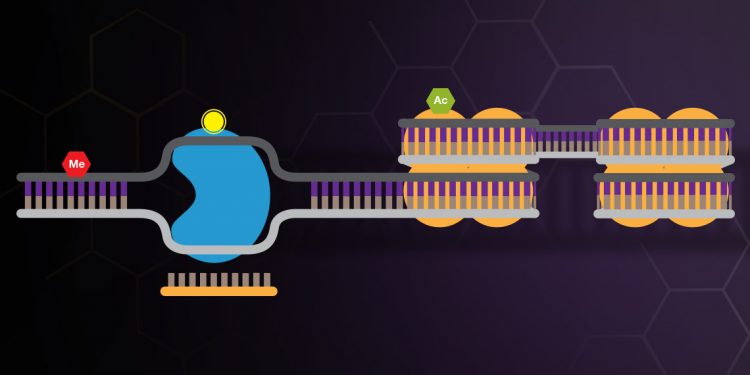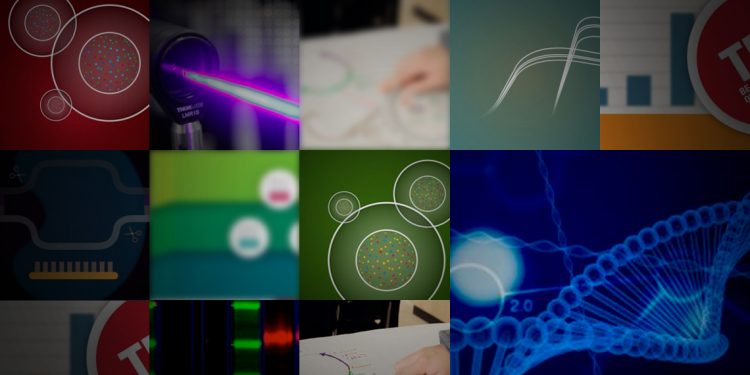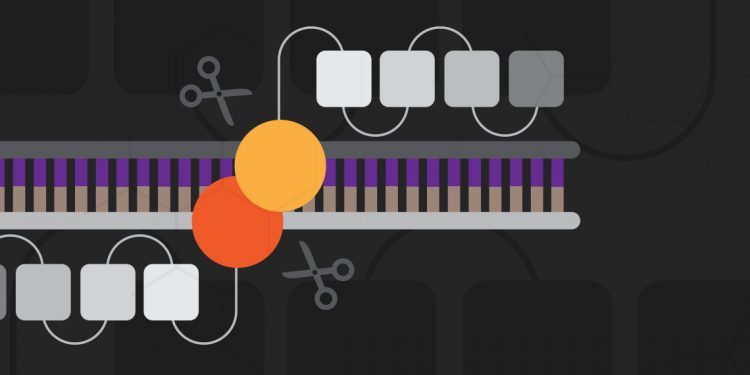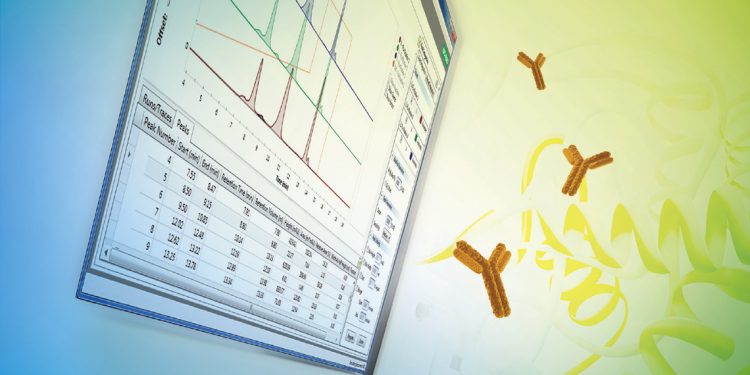
Fluorescent Western Blotting: Helpful Tips for Optimizing Your Protocol

The Fluorescent Way: Why Start Fluorescent Western Blotting Now?

CRISPR: Changing the Pace of BioPharma R&D

Year in Review: Top Ten Articles of 2016

Digital PCR: Helpful Tips When Using Droplet Partitioning Technology

Assessing Cell Health: Autophagy

From megaTALs to CRISPR: The Many Ways to Edit a Gene

Productivity through Workflow Personalization: What Pharma Is Learning from Other Industries

Synthesis and Purification of Recombinant Proteins — A Success Story


